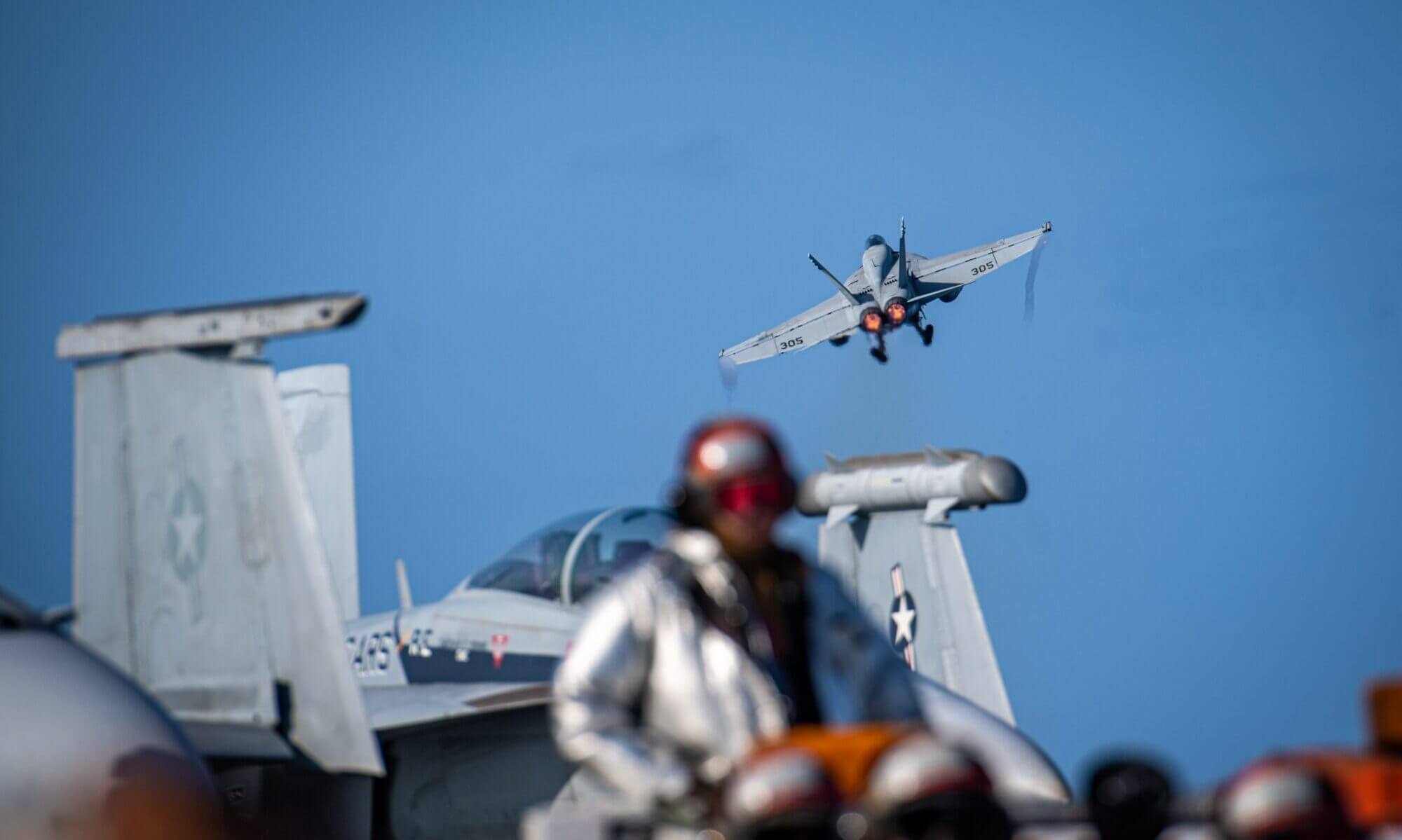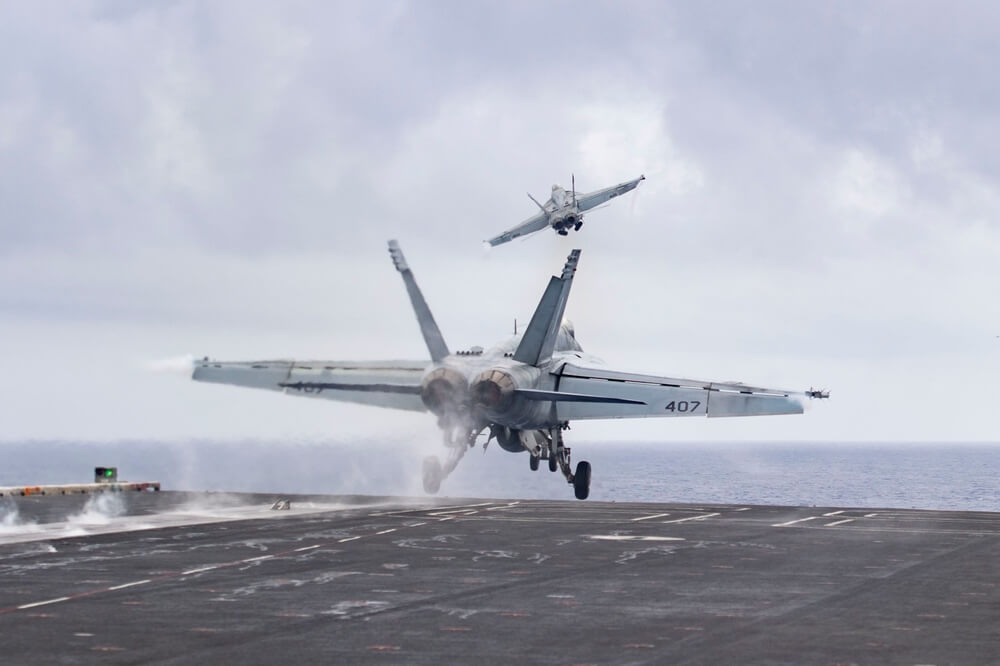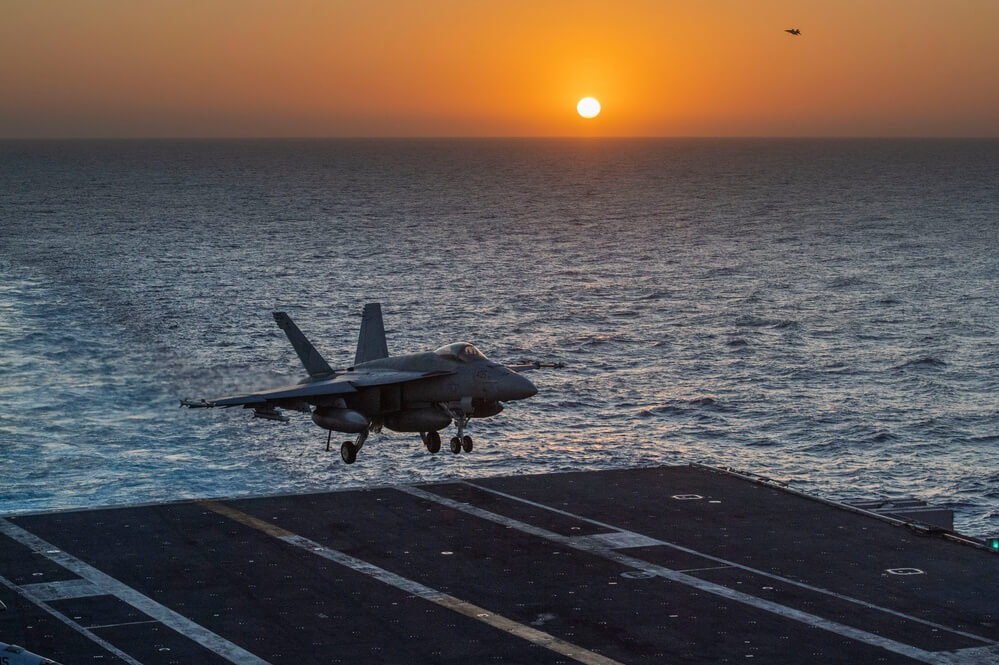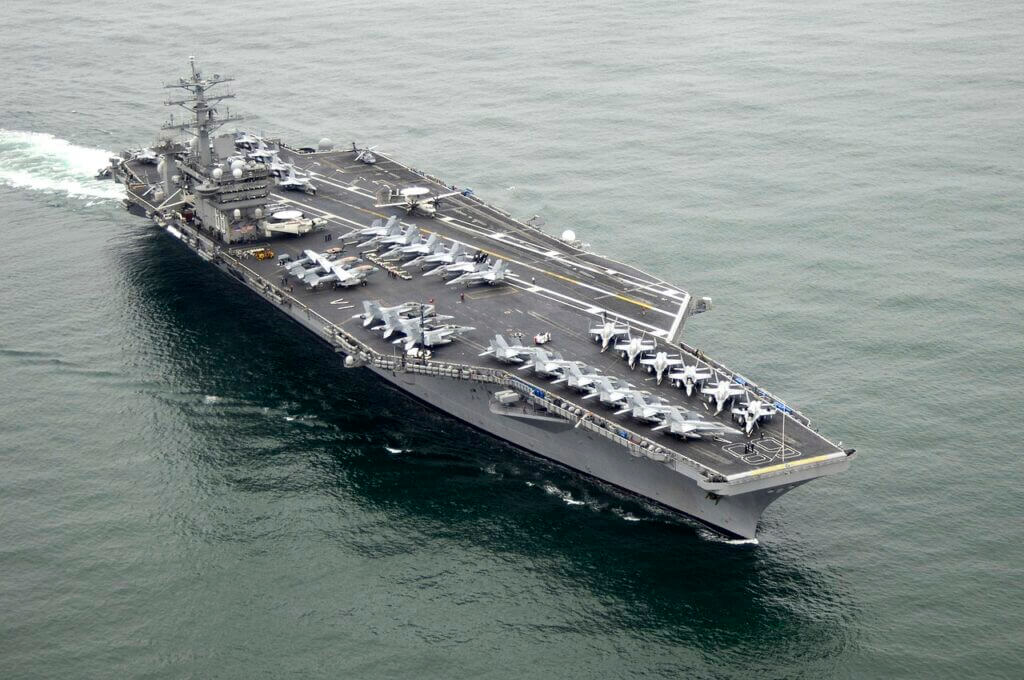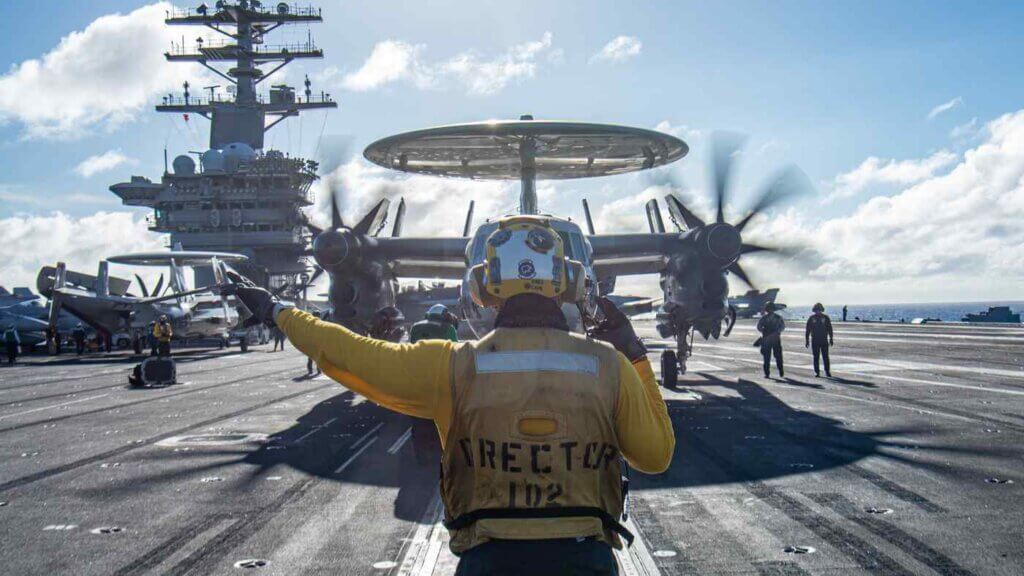
Introduction
In a significant demonstration of the enduring American naval presence in the Pacific, the Nimitz Carrier Strike Group (CSG) 11 has anchored at Sasebo, Japan, after extensive operations in the South China Sea and the Philippine Sea. This event serves as a clear reminder of the unwavering partnership between the United States and Japan that has been the bedrock of stability and security in the Indo-Pacific region since 1951. This pivotal moment perfectly embodies the mission of Americans for a Stronger Navy, and underscores the importance of maintaining a formidable maritime force that is respected on the global stage.
“We look forward to participating in professional engagements while meeting Sasebo’s amazing people and experiencing its locales and culture,” says Rear Adm. Christopher Sweeney, commander, CSG 11.
Summary
This article recounts the recent arrival of the USS Nimitz (CVN 68) and its associated units from Carrier Strike Group 11 in Sasebo, Japan. Fresh from operations in the South China Sea and a port visit to Laem Chabang, Thailand, the Nimitz’s arrival highlights the enduring alliance between the United States and Japan. More than 5,000 sailors are set to engage in cultural excursions and enjoy the region’s distinctive culture and local hospitality, promoting mutual understanding and cooperation.
Key Takeaways
A Testament to Global Maritime Power
The arrival of the USS Nimitz in Sasebo, Japan, is a potent symbol of the United States’ commitment to maintaining peace and stability in the Indo-Pacific region. It’s an embodiment of the strength, resilience, and professionalism that define the US Navy.
Strengthening Alliances
This event underlines the solid alliance between the United States and Japan, built over 70 years of mutual cooperation and shared security goals. It is a testament to how effective partnerships enhance stability and security in a highly dynamic region.
Cultural Exchange and Interaction
Beyond military operations, the USS Nimitz’s arrival facilitates cultural interaction and understanding. With over 5,000 sailors exploring Sasebo and neighboring cities, these personal experiences foster goodwill and deepen the bonds between the US and Japan.
Conclusion
This recent development underscores the importance of a robust Navy to safeguard global peace and security. Americans for a Stronger Navy is proud to champion the cause of our sailors and the Navy community. We invite you, our esteemed readers, to join us in celebrating this moment and supporting our mission to fortify America’s maritime might. Let us rally around the men and women who, like the USS Nimitz, stand as the vanguard of our nation’s security and global stability.
